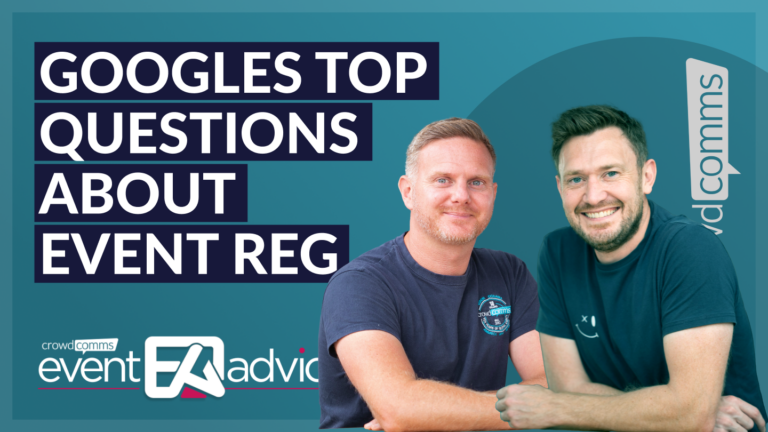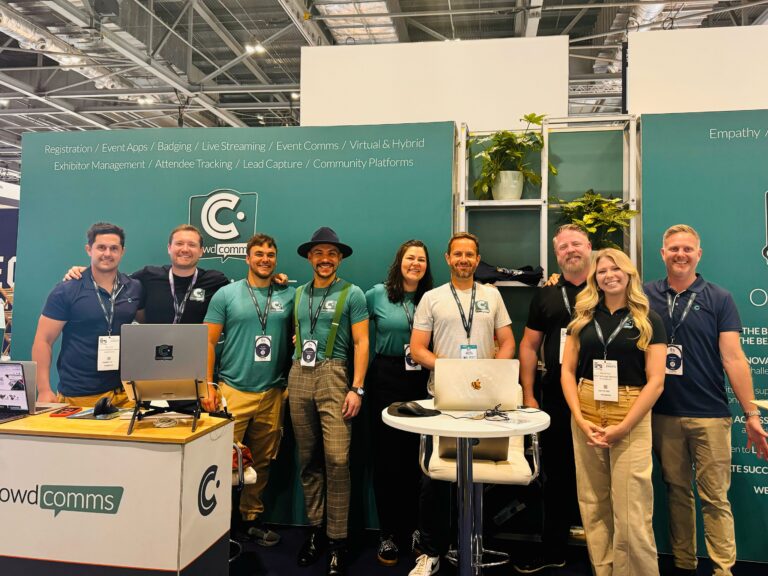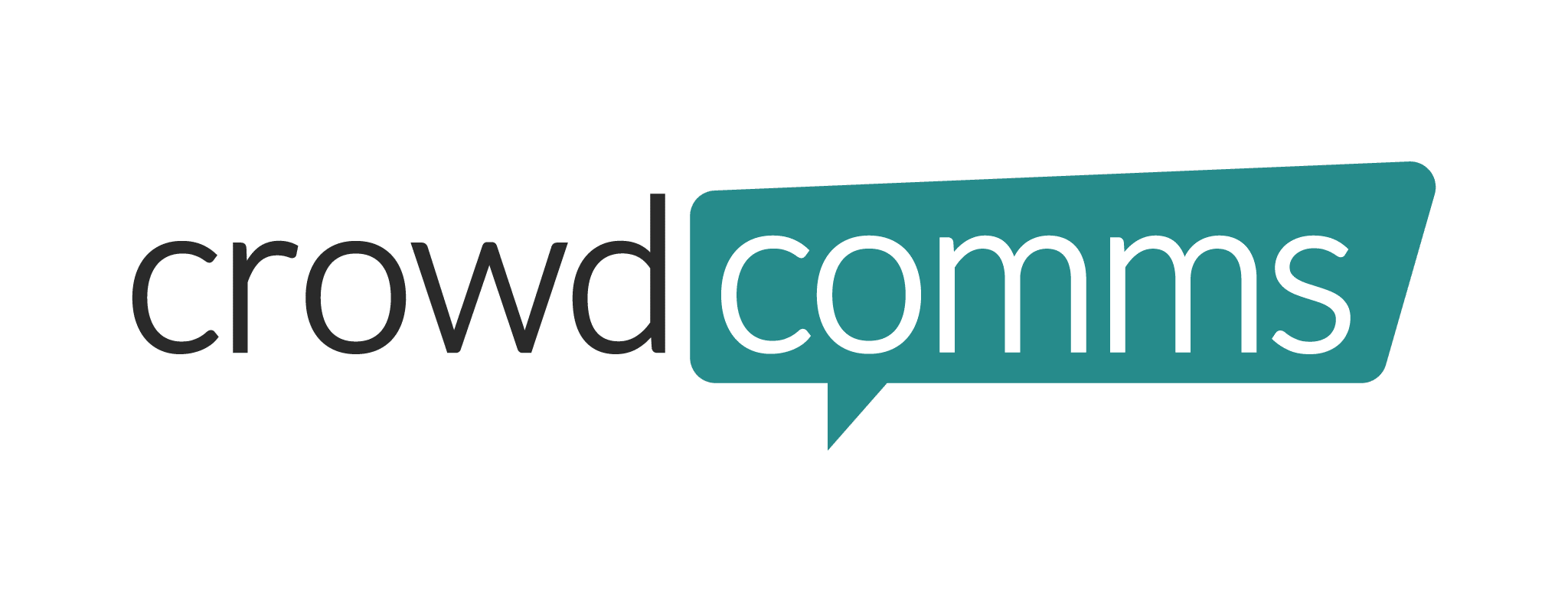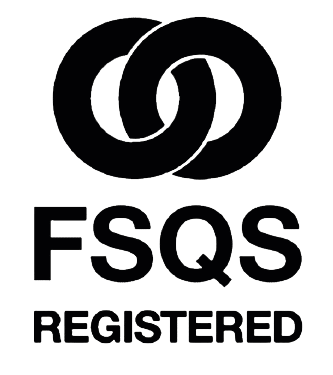ROO (Return on Objectives) goes hand in hand with ROI (Return on Investment) when it comes to measuring the success of your event in the broader sense. ROO allows you to improve your event based on how successfully you met your objectives, while ROI indicates the financial value of your event. All analytics can be measured via an event app. Return on Objectives (ROO) is a forward-looking plan that focuses on the goals of an event. Below are some tips to consider in order to set these goals.
Return on Investment (ROI) is a model that is based on determining the effect of the event on revenue.
Here are 10 ways to boost your ROO and ROI (based on the Phillips Methodology) to help your events succeed in the future.
1. Develop Event Objectives
The key starting point to the whole planning process is setting the objectives of your event at each level.
This of course means considering the needs of your attendees and what they want to get out of the experience, it could be several elements. Networking opportunities? Educational programmes? A chance to see new products and services?
As well as this you should consider the aims of your sponsors, perhaps you could hold a webinar to discuss this with them. Discuss how much exposure they can expect and the demographic they wish to attract. ROI can be measured through an event app; banner ads are highly effective.
2. Develop Evaluation Plans
Once your objectives are set, use these as a basis for your evaluation questions. Post-event surveys are vital for measuring ROO and with an event app it couldn’t be easier!
Build a post-event survey into your event app in minutes. Use multiple choice or 5 star ratings to make it more attractive to your attendees. Leave a comment box for more specific feedback but be sure to make this optional.
3. Collect Data Before and During
Don’t be shy to ask!
Collecting data and achieving a high level of response is a significant task in its own right. Launching your event app as early as possible is a game changer for pre-event data collection. Encouraging your attendees to log on to the app allows you to launch polls, surveys and games to collect data.
This is the perfect way to make data fun, as well as getting attendees accustomed to the event app early on.
4. Collecting Post-Event Data
Ensure that your post-event evaluation takes place very quickly at the end of the event to maximise the volume and quality of the response.
This is the perfect time to measure ROO. Send a push notification via the event app to remind attendees to fill out the survey. Include a link to the survey within the notification and let the attendees know how long it will take- e.g. around two minutes- this will make it more likely for them to actually click through and complete it.
Your event app will take the data from your survey and create a chart. This gives a clear visual to help with future events and to show to event stakeholders. An event app is a god-send when it comes to collecting and displaying post-event data.
5. Compare the Effects of the Event
Isolate the effect of the event from other marketing strategies, communications and business activity.
Did you see a sudden surge in sales after your event? Did you see a larger number of hot leads? Are attendees interested in coming again?
This way you can effectively compare the success of the event against other campaigns, this will give you a strong indication of the financial gains.





